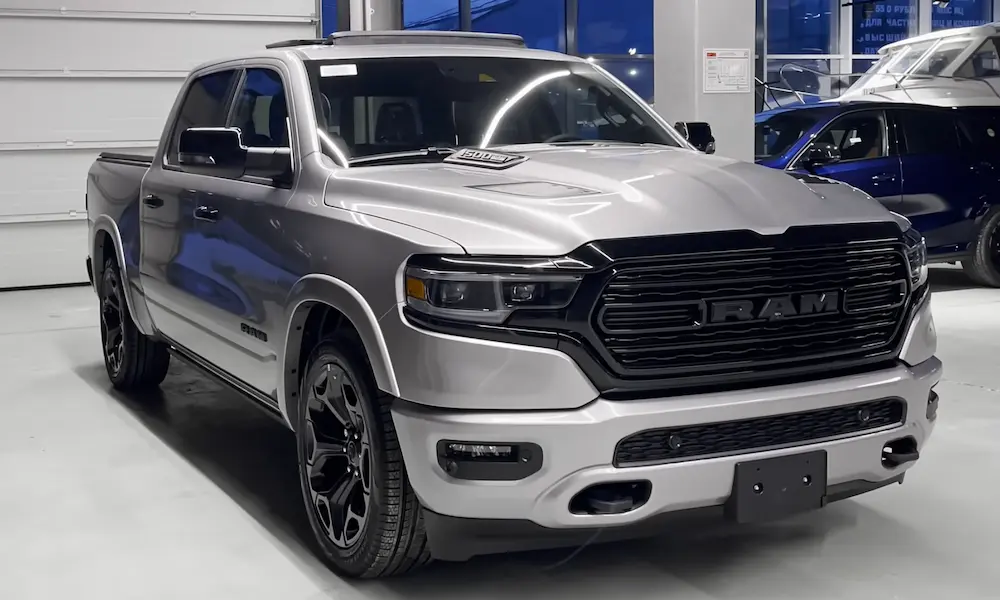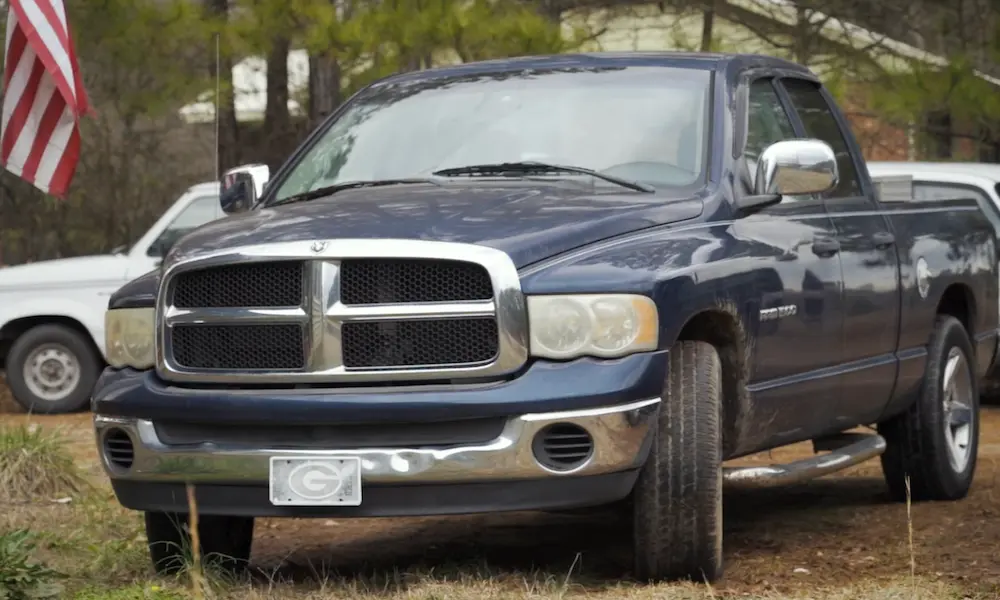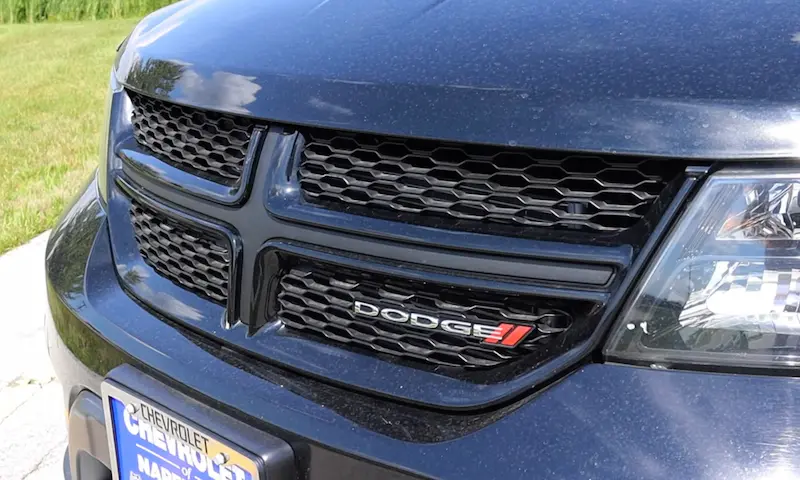Backup camera issues in your Dodge Ram can be frustrating and concerning, but luckily, many of these problems can be resolved. As a Ram owner, it’s essential to understand the common issues and potential fixes that might come in handy when your backup camera isn’t working as it should.
In this article, we’ll explore some typical Dodge Ram backup camera problems and offer practical solutions for addressing them. You’ll gain a better understanding of how to maintain your backup camera system and keep it functioning properly for enhanced safety and convenience.
Initial Check-Up
When you encounter backup camera problems in your Ram, there are a few initial check-ups you should perform to troubleshoot and possibly fix the issue. In this section, we will walk you through four key sub-sections: checking the fuse, inspecting the wiring, examining the lens, and assessing the battery connection.
Check the Fuse
First things first, you’ll want to check the fuse for your backup camera. Locate your vehicle’s fuse box; it’s usually found under the dashboard or in the engine compartment. Consult your owner’s manual to find the correct fuse for the backup camera. Carefully examine the fuse, looking for any signs of damage or a blown fuse. If you find that it’s broken or blown, you can simply replace it with a new one. Make sure you use the same amp rating as the original fuse to avoid any potential electrical issues.
Inspect the Wiring
Next, inspect the wiring connected to your backup camera system. Start by checking connections behind the camera, as well as those near the display screen. Look for any loose or disconnected wires, visible damage, or corrosion on the connectors. If you notice any issues, you may need to clean the connectors or reestablish the connection to restore the backup camera’s functionality.
Examine the Lens
Sometimes the issue might be as simple as a dirty or obstructed camera lens. Take a close look at the lens, checking for any dirt, debris, or scratches that might be affecting its clarity. If you find any obstructions or dirt on the lens, gently clean it using a soft cloth or lens cleaner. Additionally, ensure the camera lens is securely attached to your vehicle and hasn’t been dislodged by any impact or vibration.
Assess the Battery Connection
Finally, confirm that your vehicle’s battery is in good condition and properly connected. A weak or dying battery may result in reduced functionality of your backup camera system. Check the battery terminals for any signs of corrosion or loose connections. If necessary, clean the terminals and verify the connections are secure.
By working through these initial check-up steps, you can potentially identify and fix the issue causing your Ram’s backup camera problems. In some cases, it may be necessary to consult a professional technician for further assistance.
Common Issues and Solutions
Dirty Lens
A dirty lens can lead to a cloudy camera view, obstructing your view when backing up. To fix this issue, simply clean the lens with a microfiber cloth and a mild cleaner. This will ensure that the camera provides a clear image for you.
Electrical Issues
Some electrical problems can cause your Dodge Ram backup camera to malfunction. A common issue is a blown fuse that may cause the blue screen to appear. To resolve this, locate the specific fuse for the backup camera, and replace it if it’s blown.
Troubleshooting the Blue Screen
If you are experiencing a blue screen when trying to use your backup camera, there may be an issue with the fuse as mentioned earlier. Another possibility is a connection issue between the camera and the display. Check the wiring connections for any loose or damaged cables, and fix any issues you find. If these issues don’t resolve the problem, there may be a problem with the camera or display module and may require professional assistance.
Handling the Blank Screen
A blank screen can appear if the camera is not receiving power or if there is an issue with the connection between the camera and the display. First, check the fuse to ensure it hasn’t blown. If the fuse is intact, examine the wiring connections carefully and fix any loose wires. If you’re still experiencing a blank screen, consult a professional technician to assess and repair the issue.
Remember that maintaining a clean lens and staying on top of regular checks will help you prevent common Dodge Ram backup camera problems. If you’re ever unsure about a repair, don’t hesitate to reach out to a professional for support.
Resetting the Backup Camera
Resetting your Dodge RAM backup camera can be a simple solution if you’re experiencing issues with the camera not working properly. Follow these easy steps to perform a software reset and return the camera to its factory settings.
To start, turn off your vehicle and give it a moment to power down completely. Then, turn your vehicle back on and wait for the infotainment system to load up. Once it’s fully loaded, navigate to the settings menu to find the backup camera options.
From the backup camera menu, you should see a “Reset” option. Select this, and the infotainment system will perform a software reset on the camera. This process might take a few moments, so be patient while it completes.
After the reset is finished, test your camera to see if it’s functioning properly by shifting your vehicle into reverse. The camera should be displaying a clear and accurate image on your infotainment screen.
If you’re still experiencing issues even after resetting the camera, it may be worth performing a full factory reset on your infotainment system. Keep in mind that doing this will erase all your personal settings and preferences, so be sure to make note of any important information before proceeding.
To perform a factory reset, navigate back to the settings menu and search for a “Factory Reset” or “Restore to Factory Settings” option. Select this, and the infotainment system will return to its original settings, which may help resolve any lingering issues with your backup camera.
By following these steps for a software reset and, if necessary, a factory reset, you should be able to restore your Dodge RAM backup camera to proper working order and enjoy the convenience and safety of a clear view while reversing your vehicle. Remember to keep a friendly and patient attitude while working through these steps, as sometimes technology can be finicky.
Replacement of Backup Camera
If you’ve identified that the issue with your Dodge Ram backup camera cannot be fixed by troubleshooting, you may need to replace the camera. In this section, we’ll cover choosing the right backup camera and the installation process.
Choosing the Right Backup Camera
When looking for a replacement camera, it’s essential to consider compatibility with your Dodge Ram model. Research each camera’s specifications to ensure it fits your truck’s make, year, and wiring system. You can consult your vehicle’s manual or contact a dealership or manufacturer for guidance.
There are various types of RAM backup cameras available in the market, including wireless and wired options. Consider your budget and preferences when making a decision. Keep in mind that a wireless camera may be easier to install but can have a weaker connection, whereas wired cameras provide a more stable but complicated installation.
Installation Process
Installing a new backup camera typically involves the following steps:
- Disconnect the truck’s battery: Prior to starting the installation process, ensure the battery is disconnected to avoid any electrical issues.
- Remove the old camera: Carefully remove the old backup camera, disconnecting any wiring and mounting hardware.
- Install the mounting bracket: If your replacement camera comes with a new bracket, mount it in the appropriate spot on the tailgate. Follow the manufacturer’s guidelines for proper positioning.
- Connect the wires: Connect the new camera’s wiring to your vehicle’s system. This process varies depending on whether you have a wireless or wired camera. For wired cameras, be prepared to route the wires through the truck’s body to reach the display unit.
- Mount the new camera: Secure your new backup camera in place, ensuring it is aligned properly for optimal viewing.
- Test the camera: Reconnect the battery and start your Dodge Ram to test the new backup camera. Ensure it functions correctly and provides a clear image before wrapping up the installation process.
The replacement and installation process may seem daunting, but with proper guidelines and patience, you can successfully install your new backup camera. If you are unsure about handling this process alone, consider seeking the help of a professional to ensure proper installation.
Final Thoughts
As a Dodge Ram 1500 owner, it’s essential to stay informed on the technology and potential issues, like backup camera problems. By being proactive, it can save you time and possibly reduce car insurance claims. Always remember, with proper maintenance and knowledge, you can enjoy a seamless driving experience!














